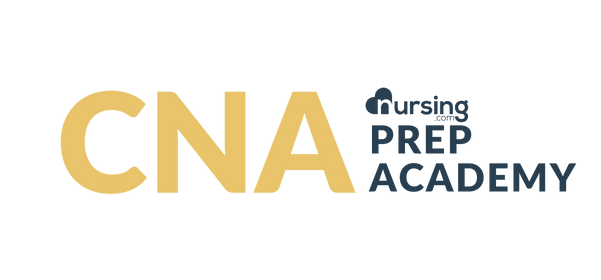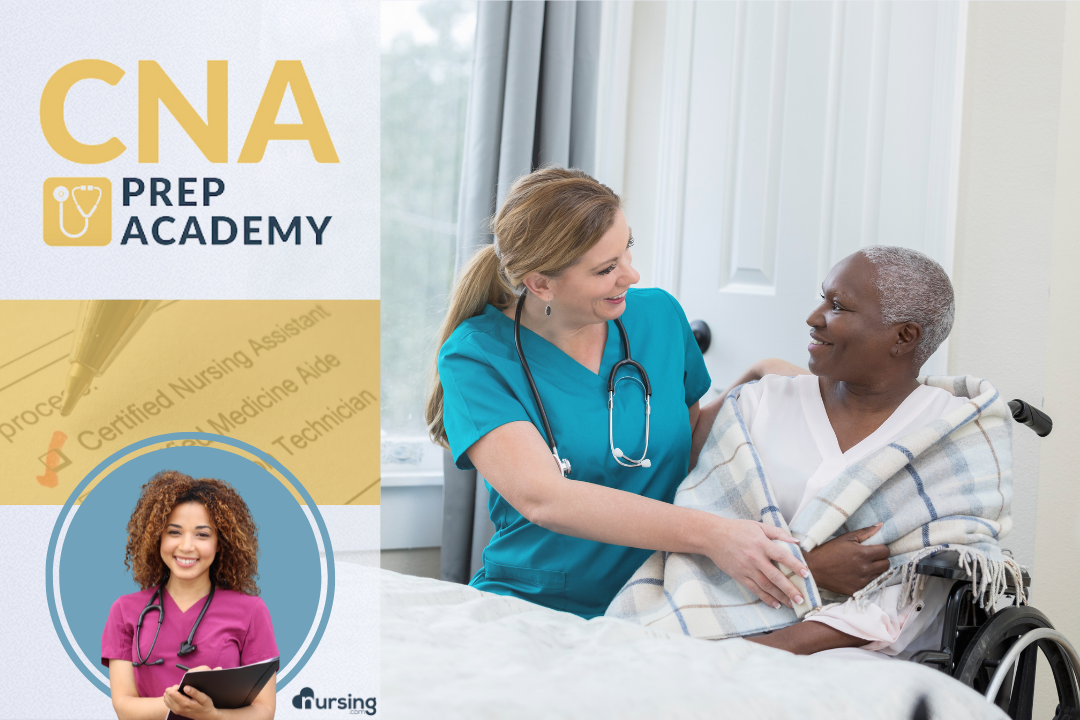Module 1 - Activities of Daily Living
Module 2 - Factors Influencing Community Health
Module 3 - Growth & Development
Module 4 - Individualized Patient Centered Care
Module 5 - Medical Terminology
Module 6 - Nursing Skills
Module 7 - Nutrition & Fluid Balance
Module 8 - Safety & Infection
Module 9 - Team Communication
Module 10 - Written Communication
Module Bonus - Transition to Nursing School
Complications of Immobility
Overview
- Complications of Immobility
- Psychologic
- Cardiovascular
- Pulmonary
- Gastrointestinal and renal
- Musculoskeletal and skin
Nursing Points
General
- Psychologic
- Frustration
- Anxiety and depression
- Delirium
- Increases length of stay
- Decreases compliance
- Cardiovascular
- Coagulopathies
- Blood pooling
- Increased risk of deep vein thrombosis
- Increased risk of pulmonary embolism
- Edema
- Changes in blood pressure
- Orthostatic hypotension
- Coagulopathies
- Pulmonary
- Decreased gas exchange
- Due to decreased thoracic expansion
- Increased risk of pneumonia
- Weakened cough
- Inability to clear secretions
- Decreased gas exchange
- Renal and gastrointestinal
- Urinary
- Urinary stasis
- Increased risk of UTI
- Risk of urinary incontinence
- Due to positioning
- Urinary stasis
- Gastrointestinal
- Risk of aspiration
- Malnutrition
- Difficulty with bowel movements
- Mobility increases peristalsis
- Urinary
- Musculoskeletal & skin
- Musculoskeletal
- Atrophy
- Foot drop
- Decreased strength
- Skin
- Pressure and poor oxygenation
- Skin breakdown
- Friction and shearing
- Increases abrasions, skin injuries
- Infections
- Pain
- Increases abrasions, skin injuries
- Pressure and poor oxygenation
- Musculoskeletal
Assessment
- Psychologic
- Complete neurologic assessments as ordered
- Observe for changes in mentation or alertness
- Observe for signs of delirium or withdrawn affect
- Cardiovascular
- Observe for changes in blood pressure, and orthostatic hypotension
- Assess for new leg pain or difficulty breathing
- Pulmonary
- Assess lung sounds for adventitious sounds
- Watch for any changes in cough, secretions or sputum
- Like cardiovascular, watch for changes in breathing
- Breathing difficulty and a feeling of “impending doom” could be pulmonary embolism
- Renal and gastrointestinal
- Complete ins and outs to verify fluid and nutrition status
- Ensure regularity of bowel movements
- Musculoskeletal and skin
- Assess range of motion and strengths daily
- Check over bony prominences for skin breakdown
Therapeutic Management
- Promoting mobility
- Increases strength, cardiovascular functioning, respiratory strength
- Turn patient or assist in turning patient to reduce skin breakdown
- Use orthotics to prevent foot drop
- Work with physical therapy and occupational therapy to assess and promote mobility
- Work with registered dieticians to promote optimal nutrition
Nursing Concepts
- Patient-Centered Care
- Safety
- Mobility
- Health Promotion
Patient Education
- Encourage patient to participate in their own care by promoting education
- Educate patient on different types of mobility exercises
- Reinforce teachings from other disciplines such as PT & OT, speech therapy and respiratory therapy

